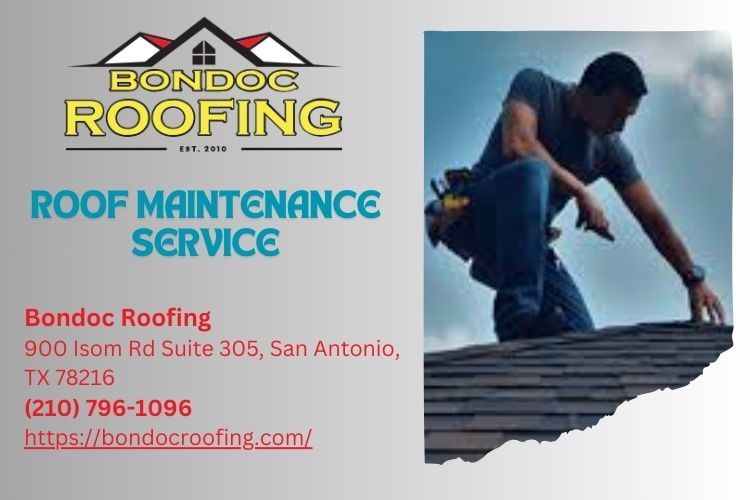Introduction
When it comes to roofing, the choices Roof Replacement in San Antonio can feel overwhelming. Especially in a vibrant city like San Antonio, where the climate and architectural styles vary widely, homeowners must navigate various materials that suit both aesthetic preferences and practical needs. Whether you’re considering a new roof installation or looking into roof repair options, understanding your choices is vital to making an informed decision.

In this comprehensive guide, we’ll delve deep into the different types of roofing materials available for San Antonio homes. We’ll explore their benefits, drawbacks, costs, and what makes each one unique. By the end of this article, you’ll be well-equipped to choose the best roofing material for your home.
Understanding Your Options: Types of Roofing Materials for San Antonio Homes
1. Asphalt Shingles: The Popular Choice
1.1 Overview of Asphalt Shingles
Asphalt shingles are among the most popular roofing materials in America, including San Antonio. They come in two primary types: organic and fiberglass. Organic shingles are made with a paper base soaked in asphalt, while fiberglass shingles feature a mat made from glass fibers.
1.2 Advantages of Asphalt Shingles
- Affordability: One of the most significant advantages is cost-effectiveness. Variety: Available in numerous colors and styles. Easy Installation: Quick roof installation saves time and labor costs.
1.3 Disadvantages of Asphalt Shingles
- Lifespan: Typically lasts 15-30 years. Weather Sensitivity: Can be damaged by extreme heat or heavy storms common in Texas.
2. Metal Roofing: Durability at Its Best
2.1 Overview of Metal Roofing
Metal roofs are gaining popularity due to their remarkable durability and longevity. They come in various materials such as aluminum, steel, copper, and standing seam panels.
2.2 Advantages of Metal Roofing
- Longevity: Can last 50 years or more with proper maintenance. Energy Efficiency: Reflects solar radiant heat, which can reduce cooling costs. Eco-friendly: Often made from recycled materials.
2.3 Disadvantages of Metal Roofing
- Cost: Higher upfront cost compared to asphalt shingles. Noise: Can be noisy during rain or hailstorms unless insulated properly.
3. Clay and Concrete Tiles: Aesthetic Appeal
3.1 Overview of Tile Roofing
Tile roofs made from clay or concrete add a distinct character to homes but require specialized installation techniques due to their weight.
3.2 Advantages of Clay and Concrete Tiles
- Aesthetics: Adds curb appeal with Mediterranean-style architecture. Durability: Resistant to rot, insects, and fire.
3.3 Disadvantages of Clay and Concrete Tiles
- Weight: Requires a sturdy structural support system. Costly Installation: Higher overall installation cost compared to other materials.
4. Slate Roofing: The Luxury Option
4.1 Overview of Slate Roofing
Slate tiles are known for their elegance and durability but are also one of the most expensive options available.
4.2 Advantages of Slate Roofing
- Longevity: Can last over 100 years with minimal upkeep. Fire Resistance: Highly resistant to fire damage.
4.3 Disadvantages of Slate Roofing
- Weight: Requires additional support; unsuitable for all homes. Costly Material and Installation: High initial investment is required.
5. Wood Shakes and Shingles: Natural Beauty
5.1 Overview of Wood Roofing Options
Wood shakes provide a rustic aesthetic that appeals to many homeowners but require regular maintenance.
5.2 Advantages of Wood Shakes and Shingles
- Aesthetics: Offers natural beauty that enhances home ambiance.
5.3 Disadvantages of Wood Shakes and Shingles
- Maintenance: Regular inspections and treatments against pests are essential.
6. Synthetic Roofing Materials
6.1 Overview
Synthetic roofing options mimic natural materials without some disadvantages related to weight or maintenance needs.

6.2 Advantages
- Lightweight Cost-effective Variety in style Durable
6.3 Disadvantages
- Limited lifespan compared to real slate or wood Less proven track record
FAQs About Roofing Materials
FAQ 1: What is the best roofing material for hot climates?
The best roofing material for hot climates like San Antonio would be metal roofing due to its energy efficiency properties that help keep homes cool.
FAQ 2: How long do asphalt shingles typically last?
Asphalt shingles typically last between 15 to 30 years depending on factors like quality, installation techniques, and weather conditions.
FAQ 3: Are clay tiles worth the investment?
Yes! While they can be costly upfront, clay tiles offer durability and aesthetic value that can enhance your home's resale value over time.
FAQ 4: Do metal roofs rust?
Modern metal roofs often come treated with rust-resistant coatings; however, it's crucial to maintain them regularly to prevent any rust issues over time.
FAQ 5: How do I know when I need roof repair?
Signs include missing shingles, leaks inside your home, visible sagging areas on your roofline, or extensive granule loss from asphalt shingles.
FAQ 6: What should I consider before choosing a roofing material?
You should consider factors such as local climate conditions, budget constraints, desired aesthetic appeal, weight considerations for structural support requirements, and long-term maintenance needs.
Conclusion
Choosing the right roofing material is critical for homeowners in San Antonio looking at both aesthetics and functionality when it comes time for roof installation or roof repair tasks down the line! Each option has its unique set advantages alongside challenges—so being informed about these choices will aid significantly when making an investment into something as crucial as your home’s protective covering! With this guide on understanding your options regarding types available within our region—you’re now equipped with knowledge needed step forward confidently!
Contact Us
Bondoc Roofing
Address: 900 Isom Rd Suite 305, San Antonio, TX 78216
Phone: (210) 796-1096